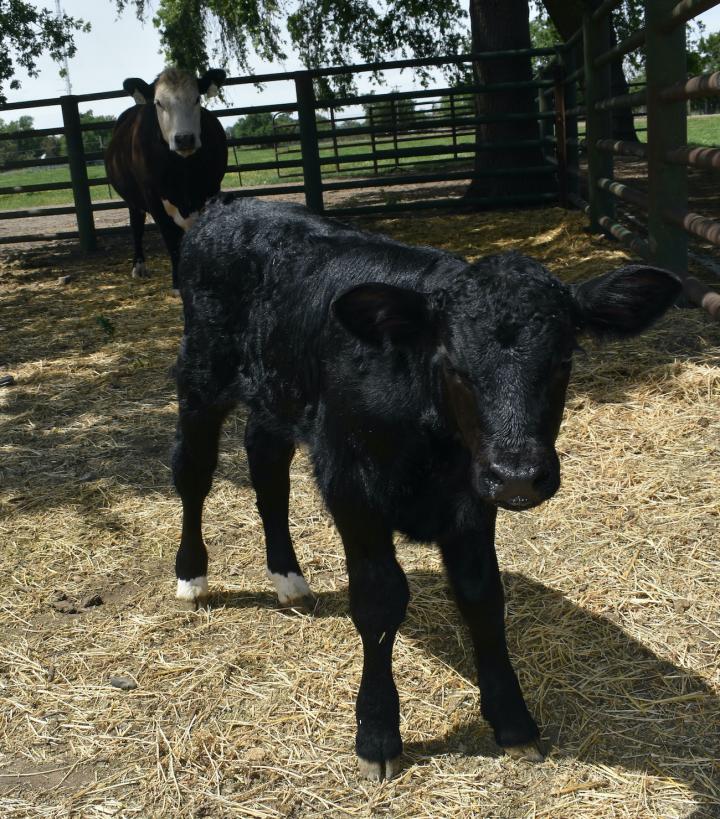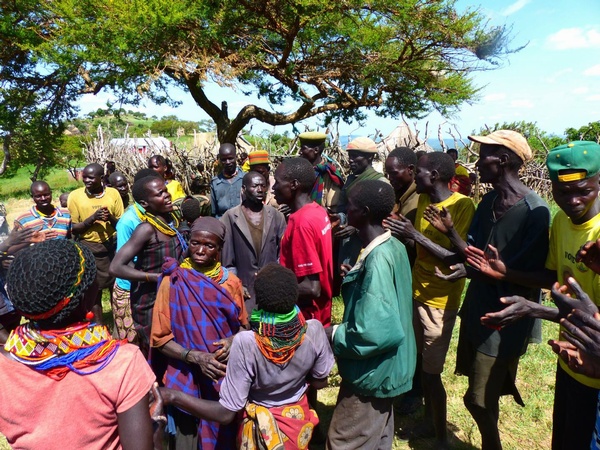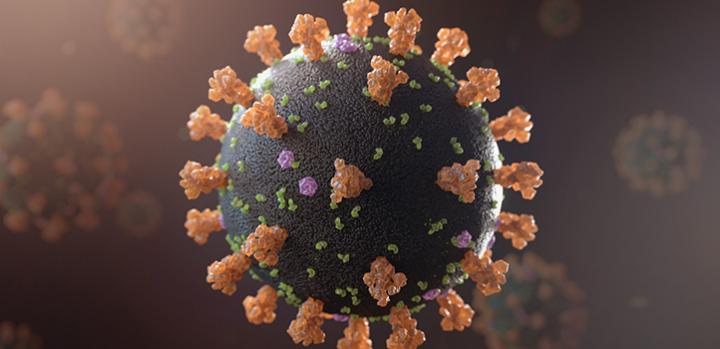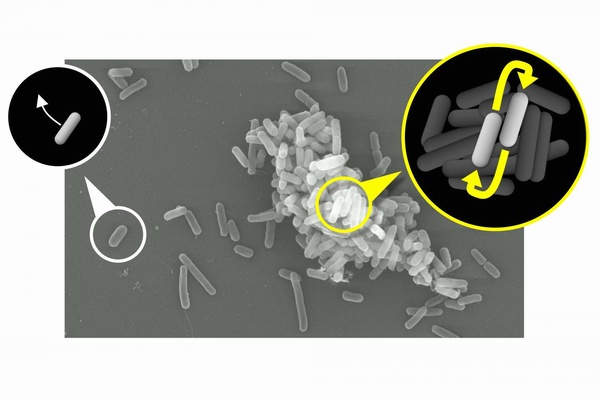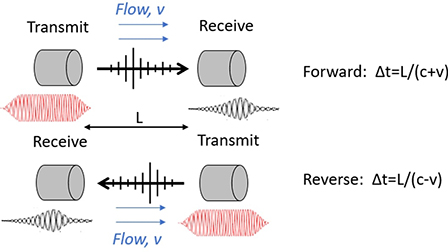 The Sound Of Martian Winds
The Sound Of Martian WindsMars is no vacation paradise. The temperatures fluctuate dramatically and average minus 80 degrees...
 Drunk Tree Fall Hard: Older Adult Alcohol Doubles Risk Of Brain Bleeds From Falls
Drunk Tree Fall Hard: Older Adult Alcohol Doubles Risk Of Brain Bleeds From FallsAlcohol is the best-marketed carcinogen out there. Cigarettes and obesity only wish they were able...
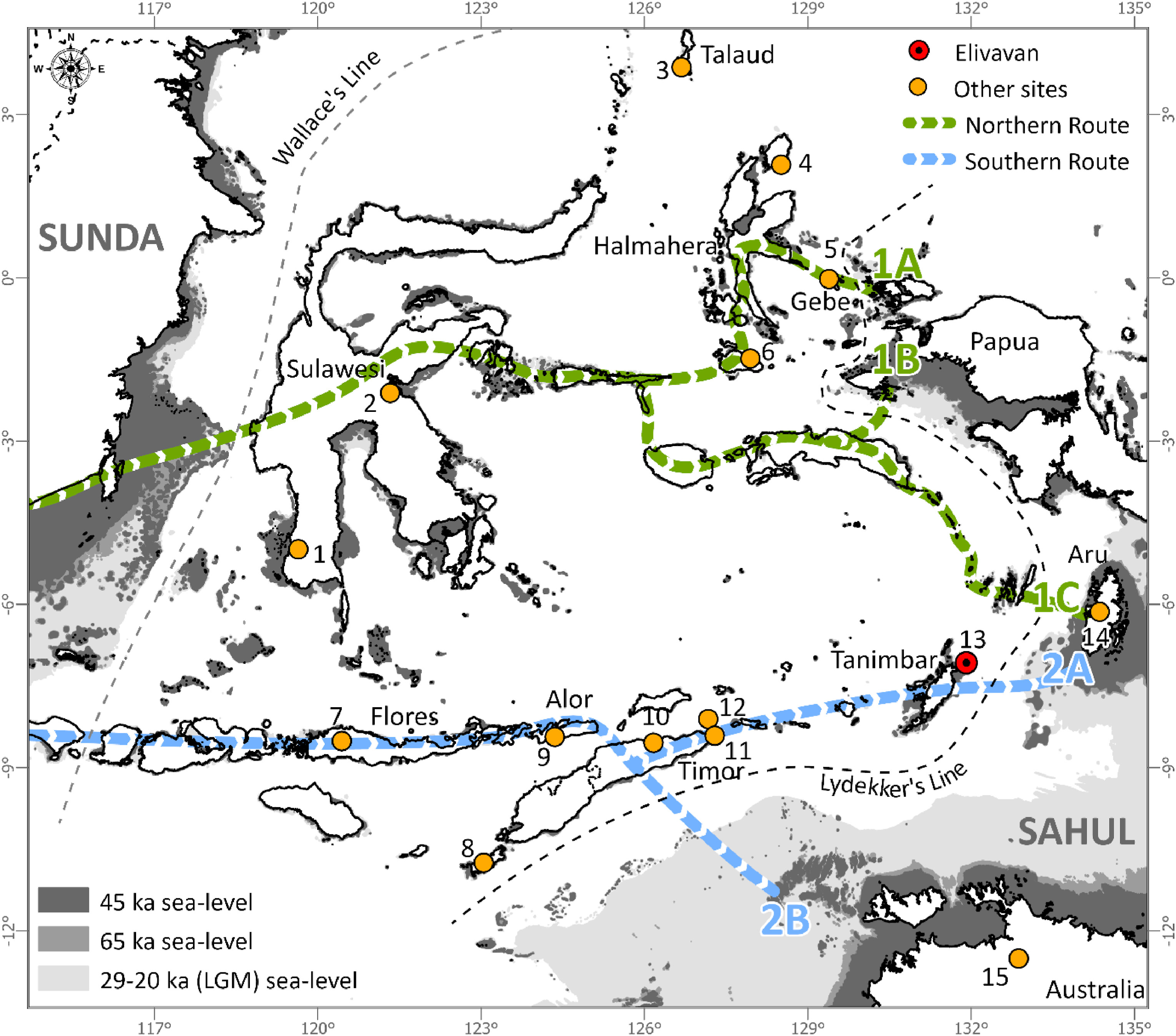 When Did Humans Migrate To Australia?
When Did Humans Migrate To Australia?Every country has people claiming to be native now, whereas in previous generations if you were...
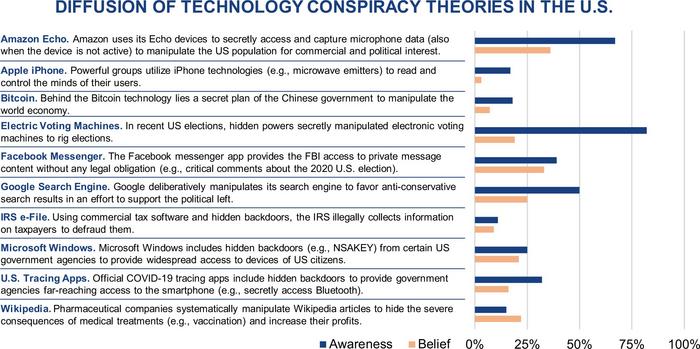 Republicans Shot Trump, Electronic Voting, GMOs - Conspiracy Theories Are Common. Here's Why
Republicans Shot Trump, Electronic Voting, GMOs - Conspiracy Theories Are Common. Here's WhyMisinformation, disinformation, and conspiracy theories have always been with us. The belief that...






